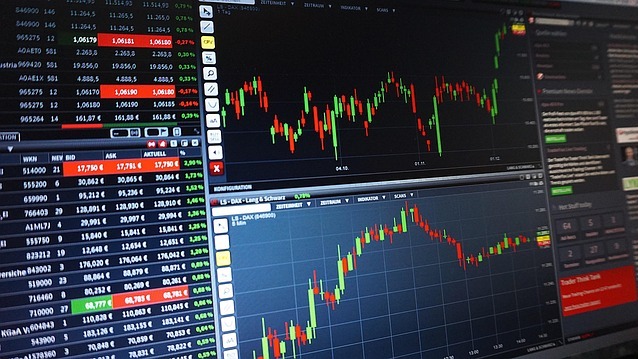
Chaos at the Brooklyn Bridge: A Major Maritime Incident
On May 17, 2025, a catastrophic incident unfolded in New York as a massive 270-foot Mexican naval vessel scraped against the iconic Brooklyn Bridge, carrying 277 people. According to reports from the New York City Fire Department and the Coast Guard, the mishap has left twenty individuals in serious or critical condition, prompting immediate rescue operations.
The Human Impact Behind the Statistics
For executives and investors, the incident at the Brooklyn Bridge isn't just a headline; it represents real human stakes and ramifications. Such tragedies can trigger investigations that may lead to market disruptions, impacting local economies and creating ripples across global supply chains. As leaders, recognizing the profound social impacts behind such statistics is essential for understanding broader economic conditions and preparing for potential fallout.
Understanding Market Disruption Through a Crisis Lens
This incident draws attention to the potential for disruptions to the economic framework that executives navigate. As we consider workforce economics and fiscal policy insights, it’s critical to examine how such unforeseen events might alter labor market trends. For instance, disruptions can lead to staffing shortages in critical emergency response sectors, impacting everything from hiring practices to public safety policies.
Strategic Readiness: A C-Suite Imperative
In light of recent events, C-suite leaders must evaluate their recession readiness and overall crisis management strategies. The incident at the Brooklyn Bridge highlights the necessity for robust planning, risk assessment, and response strategies that align with potential macroeconomic fluctuations.
Call to Action: Preparing for the Unexpected
This incident underscores the importance of having an effective strategic plan in place for unforeseen crises. As executives, it’s vital to continuously monitor macroeconomic indicators, refine inflation response strategies, and anticipate potential market disruptions. Proactive leadership is key in mitigating risks and ensuring that your organization remains resilient in the face of unexpected challenges.
 Add Row
Add Row  Add
Add 




Write A Comment